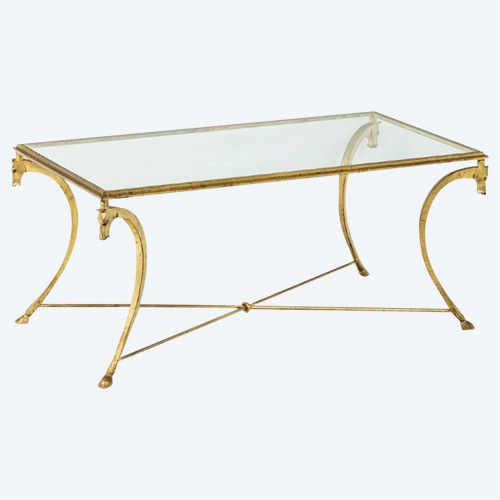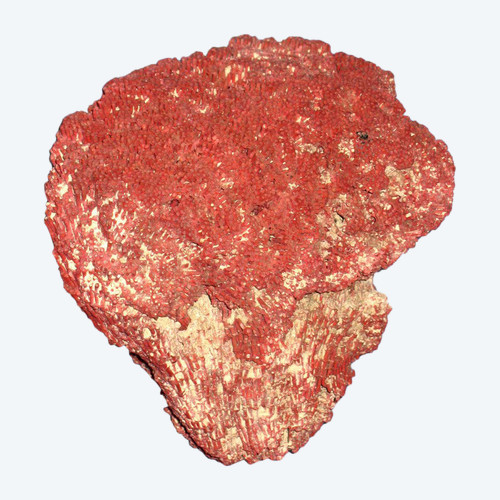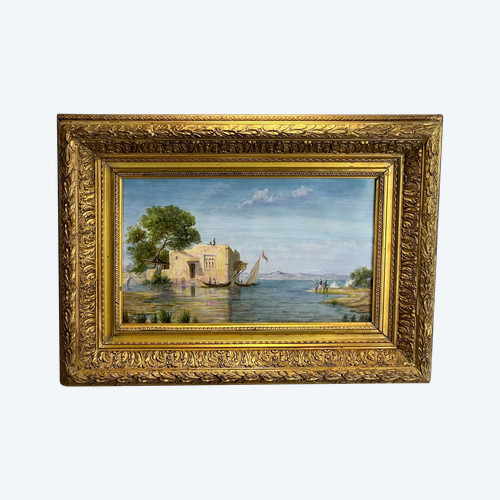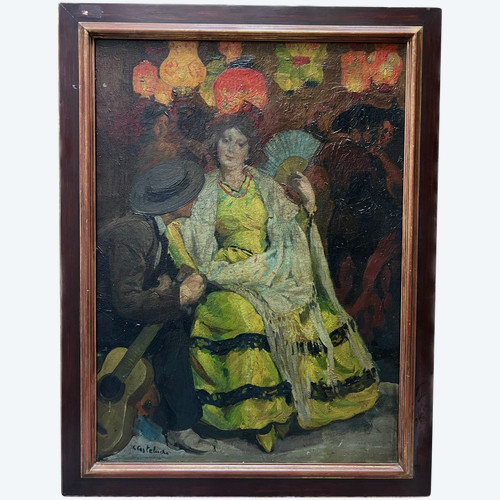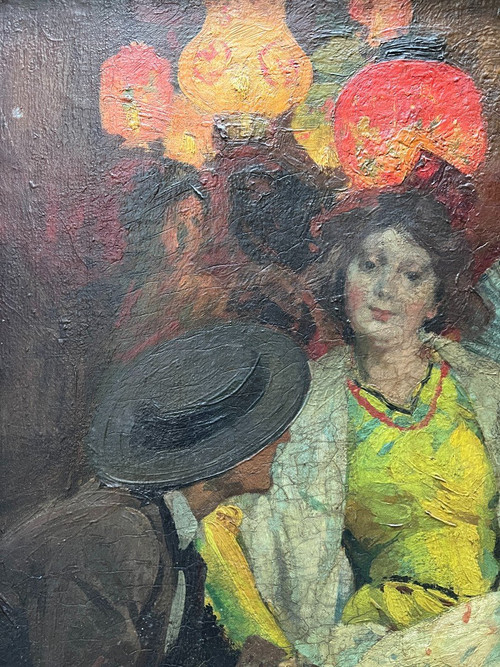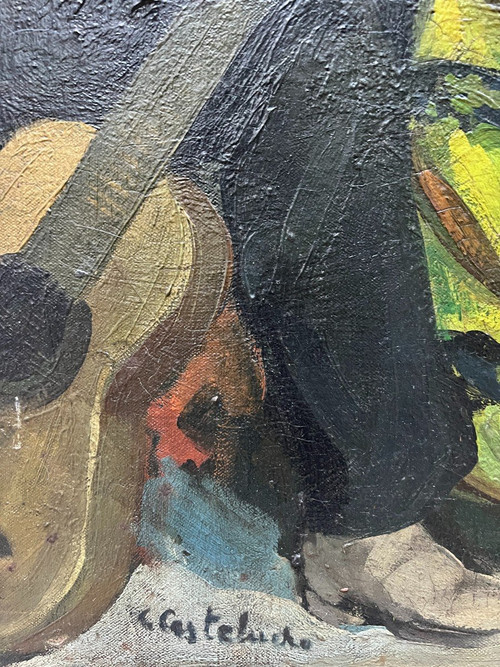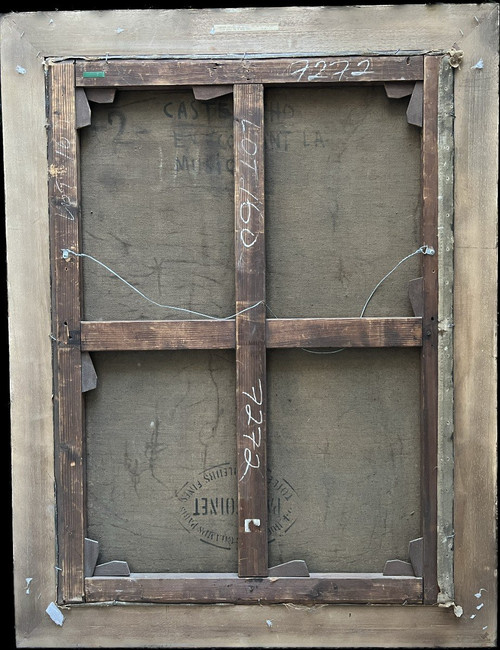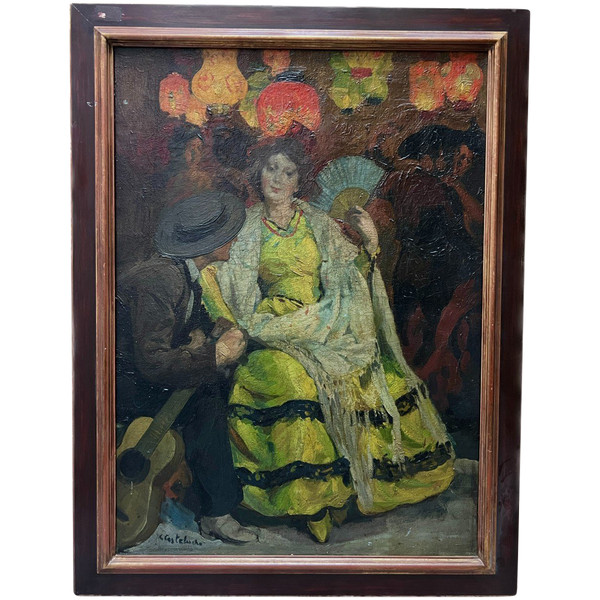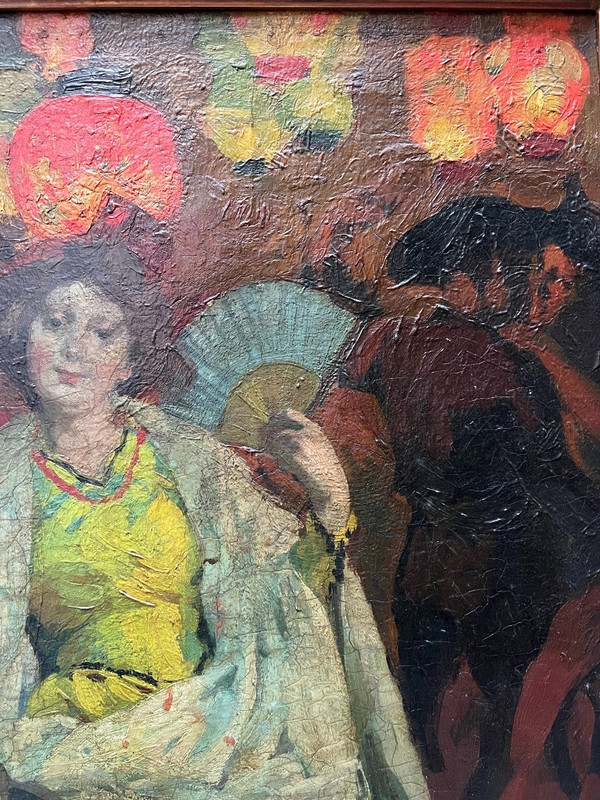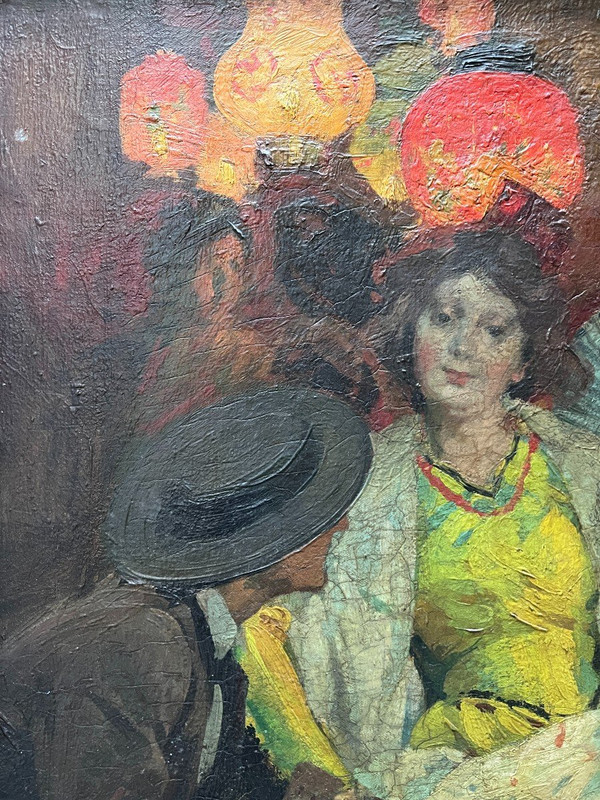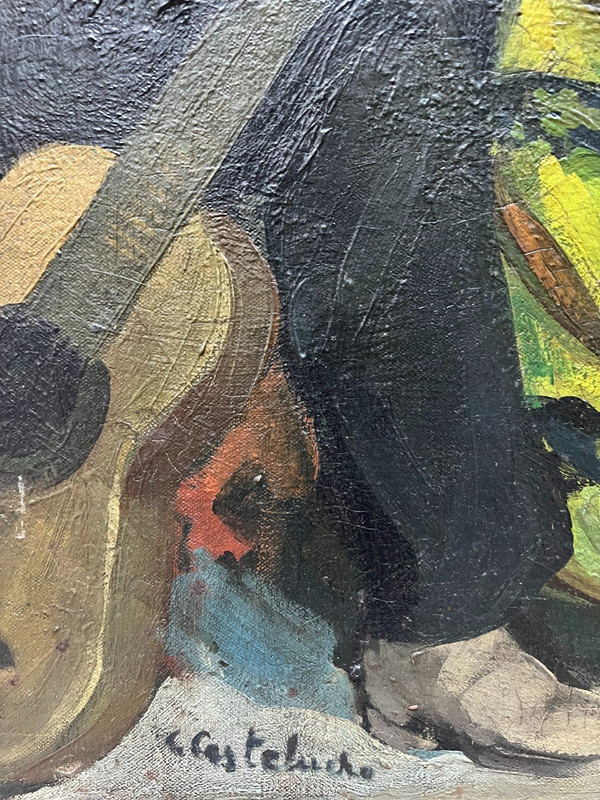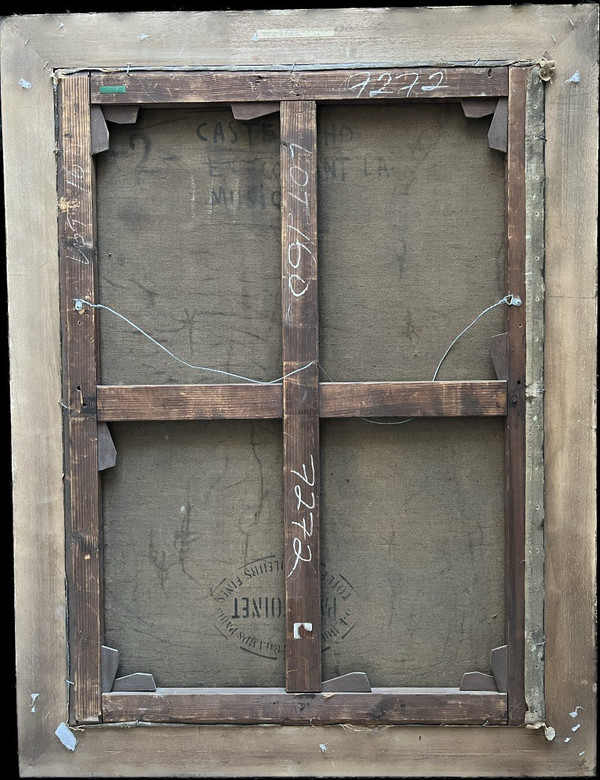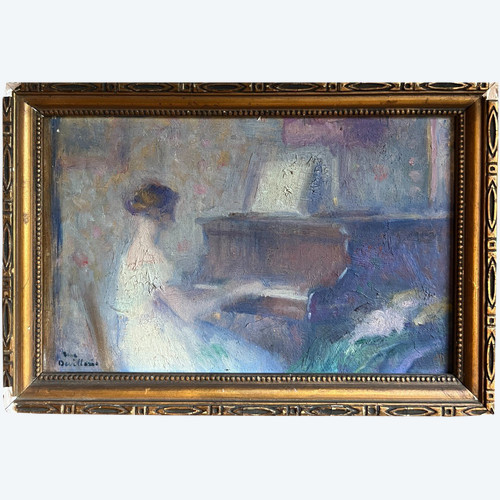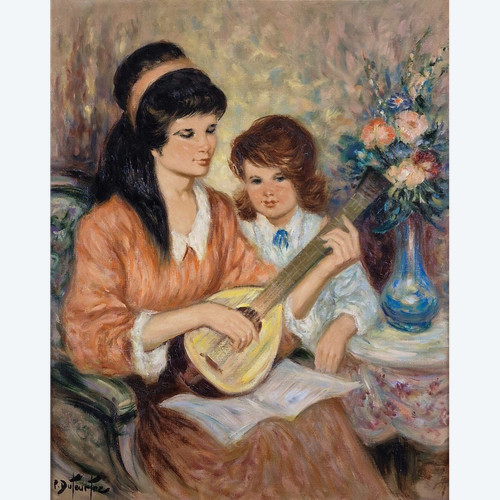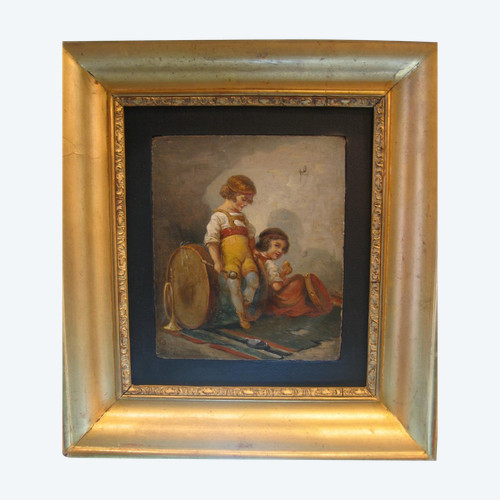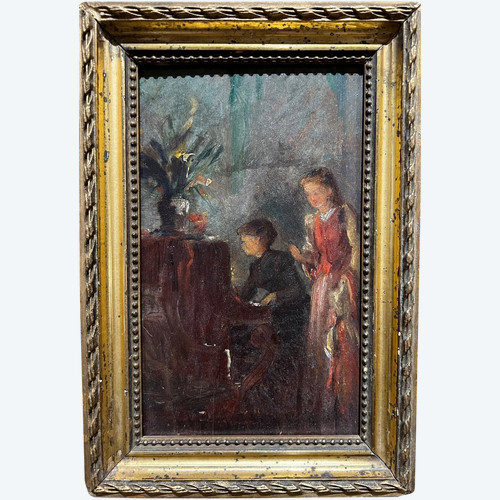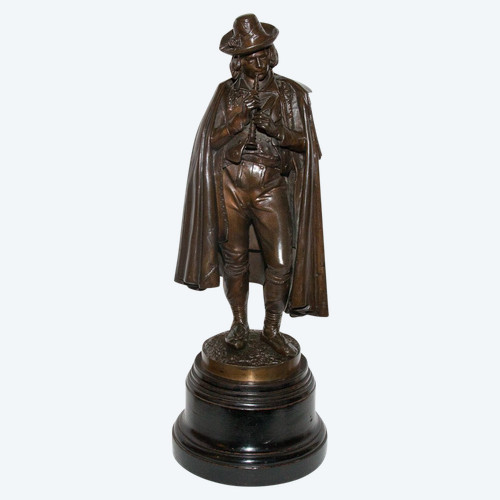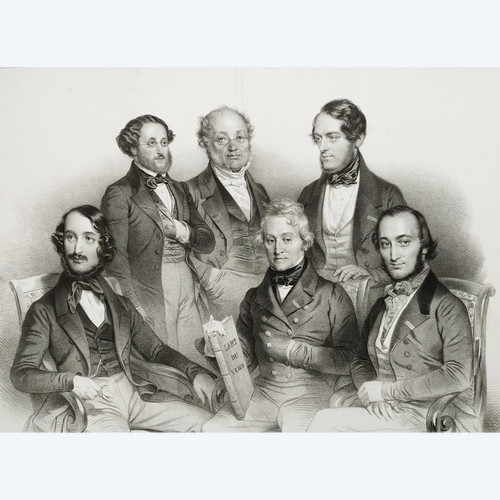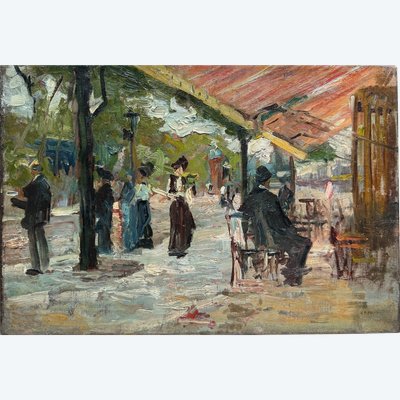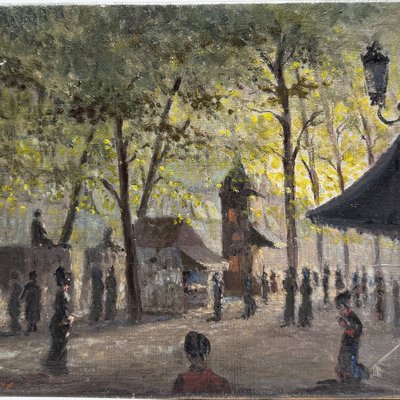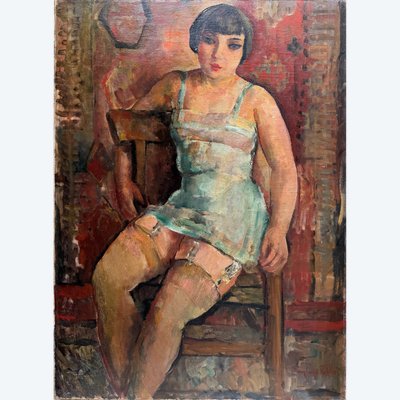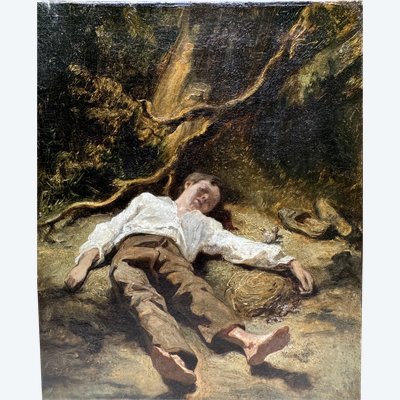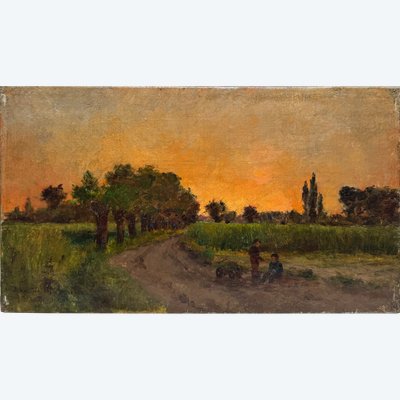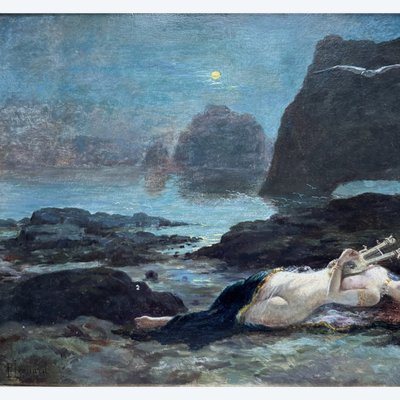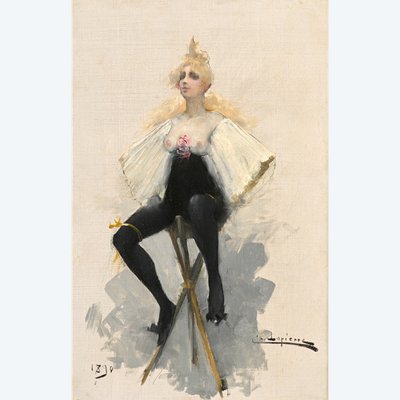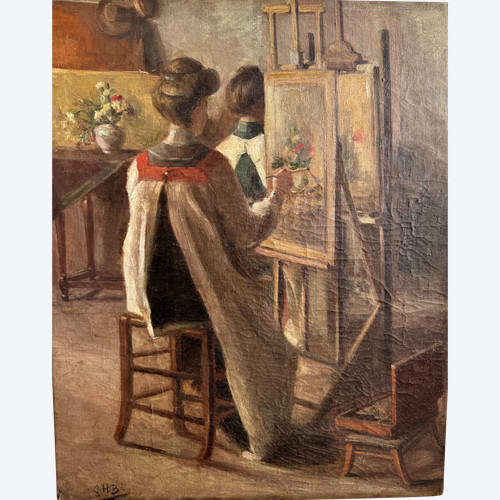This description has been translated and may not be completely accurate. Click here to see the original
Claudio Castelucho (1870-1927)
Listening to Music, Circa 1905
Oil on canvas (Original Paul Foinet canvas)
100 x 73 cm
116.5 x 89.5 cm with its frame
Signed lower left. Countersigned and titled on the back 'En Listenant la Musique'
Claudio Castelucho y Diana, born July 5, 1870 in Barcelona and died October 31, 1927 in Plessis-Robinson, is a Catalan-Spanish sculptor, painter and teacher who lived in France.
His father, Antonio Castelucho y Vendrell (1838-1910) was a stage designer/designer. It was with him that Claudio received his first lessons and also collaborated on several artistic treatises concerning the theory of perspective. While still a teenager, he began to participate in exhibitions. In 1892, after some brief studies at the Escuela de Bellas Artes in Barcelona, he moved to Paris with his family.
During his early years, he worked with his father and younger brother as a decorator and began painting landscapes. He made his French debut at the Salon of 1897. As Spanish themes proved popular, he focused his production on these themes.
He began teaching at the Académie Colarossi and, in 1905, became one of the first teachers in the group of professors at the Académie de la Grande Chaumière, founded by Alice Dannenberg and Martha Stettler3. As a teacher he became very popular, especially with foreign artists who were studying in Paris. Among his students: Kathleen O'Connor (Australia), Margaret Jordan Patterson, Edwin Holgate (Canada), Alice Pike Barney (United States), Adolphe Milich (Poland) and Jacques Camus.
In 1913 he held a major exhibition at the Galerie Moos, a space devoted to modern art in Geneva, where he presented some of his Spanish paintings composed during a brief visit to Spain in 1910. Except for another short journey back home at the start of the First World War, he remained in Paris for the rest of his life and continued to be a regular participant in the Salons, notably at the Salon des Indépendants (1927).
Ref: XG1N2OOJW2

